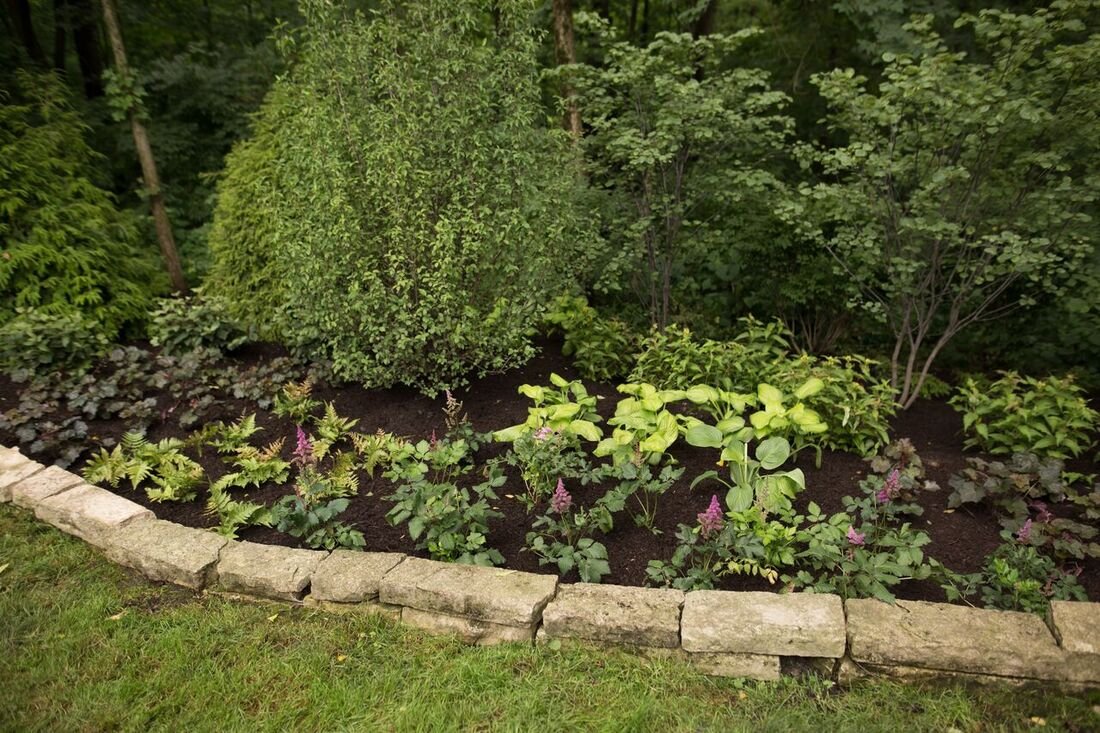How to Avoid These Common Hazards in Your Wheaton, IL, Landscape Design
A landscape should be a delightful place to enjoy time with family and friends. But some landscapes make life dangerous. Nobody wants to risk injury or a lawsuit, so here’s how to avoid these common hazards in your Wheaton, IL, landscape design.
The Wrong Materials for the Job
It’s unfortunately all too common for some landscape companies to use the wrong landscaping materials for a particular function. This could happen due to low budgets, lack of knowledge, substituting materials that aren’t available, or time constraints. Not all pavers are suitable for all applications. Not all retaining walls are alike. Not all materials are strong or durable enough for their intended use. Not all materials are high quality, either, and low-quality materials can degrade quickly and cause hazards.
Uneven Ground
It’s one thing to have a gently undulating softscape, but a hardscape must be level for safety. The main reason for a softscape becoming uneven is poor installation. Improper base materials, poor compaction, and careless installation of pavers or natural stone will lead to movement. Some parts of the hard surface may settle, while others get pushed up. Either way, it's imperative that uneven ground be made level as quickly as possible - even if this means tearing out the entire patio and re-installing it.
Surprise Steps
Nothing is perhaps more dangerous than a step that comes out of nowhere, such as when its colors blend perfectly with the patio above. For someone with impaired vision (or even just someone who’s not paying close attention), surprise steps can lead to trips and falls. Steps should always be marked with contrasting paver colors or pillars.
Too Many Curves or Corners
As the saying goes, the fastest way to get from A to B is in a straight line. Curved walkways are beautiful and work well if the curves are gentle. Avoid right-angle turns, because that’s not how people walk—they want easy access to their destination, not an obstacle course or a maze. Keep in mind, people will walk through gardens if that’s the easiest way.
Poor Drainage
Poor drainage can mean water pooling in a part of your landscape and causing the ground to sink or become dangerously soft; this is especially bad if that area happens to be where people walk regularly.
No Fencing
Fencing around a pool is a must if you have small children, but don’t forget fencing around compost piles, ponds, or any area that you feel is better left looked at than walked through.
Inadequate Lighting
Landscape lighting is essential for after-dark safety. A home with a single high-wattage bulb mounted on the siding will illuminate one area of the landscape (usually too brightly), but it will also cast dangerous shadows and leave the rest of the landscape pitch black. The human eye isn’t great at adjusting between lighting extremes. Today’s landscape lighting involves many types of fixtures and lighting techniques that will do double duty in making your landscape attractive and safe at night.
Lack of Maintenance
Debris like fallen branches or overturned rocks; animal burrows; overgrown walkways; rotten tree stumps; or landscape edging that has grown over, can all cause tripping hazards

